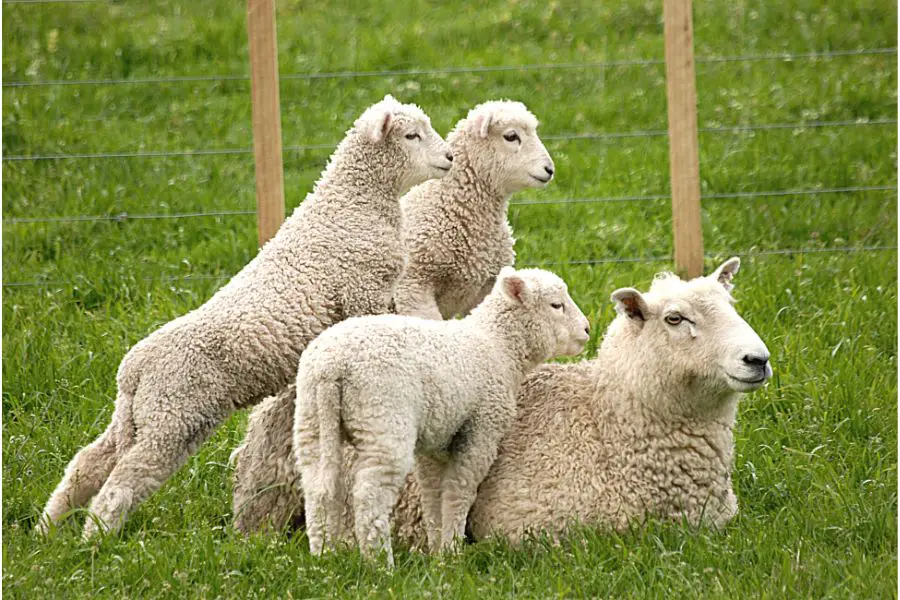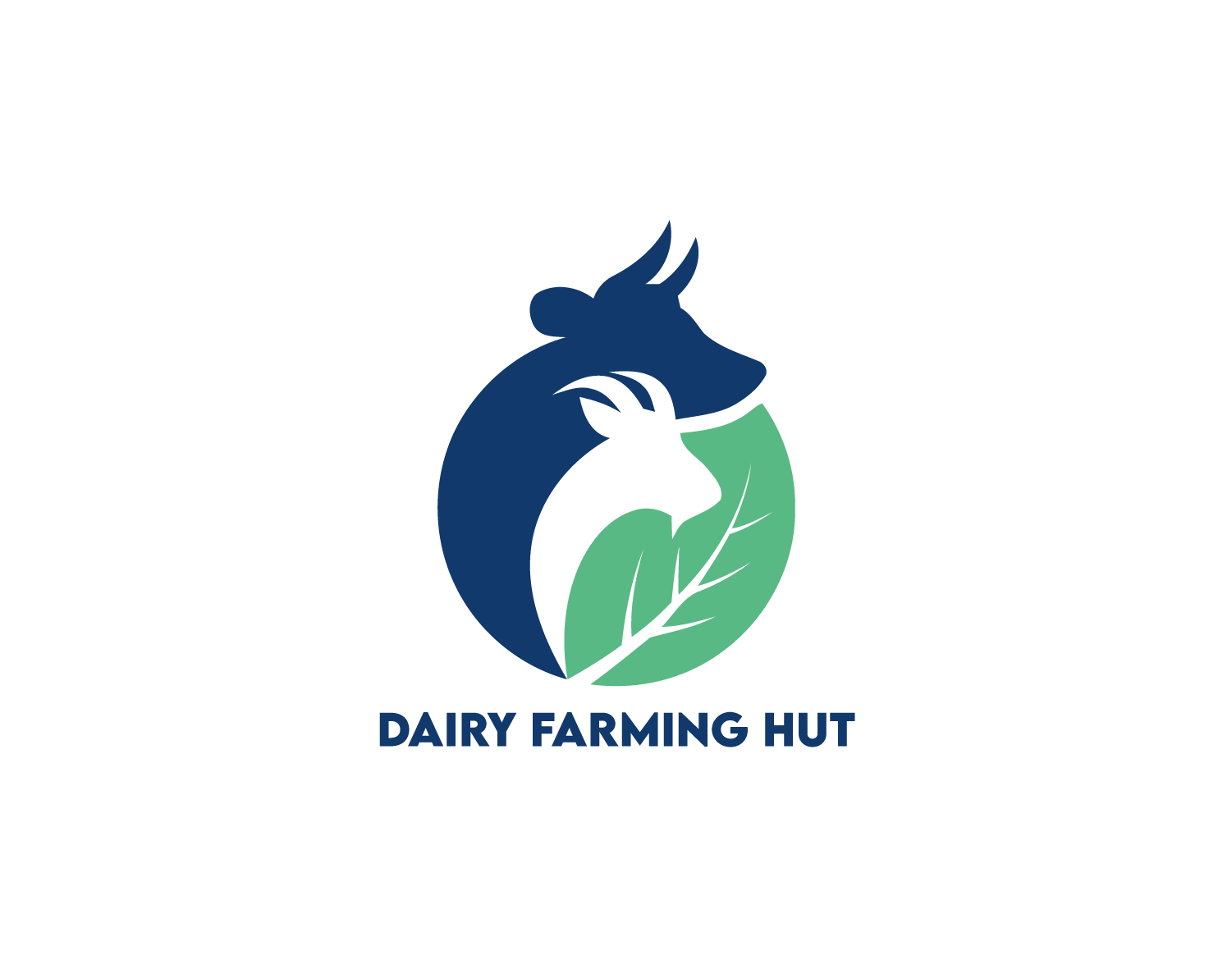It's utterly sweet watching lambs frolic around their mums in green pastures, but even that season must come to an end. Lambs must be weaned, ewes dried up, and everyone sorted before the next breeding season begins.
Commercially fed ewes will take up to two weeks to dry up after weaning. However, they must be prepared for drying up two weeks before weaning by eating low-quality hay to reduce milk production. Pasture-fed ewes will wean their lambs and dry up naturally when their lambs are 90 to 100 days old.
Once a ewe has dried up, she can enjoy a few months of vacation. During this time, the ewe's body condition will improve, and she will gain some weight. Then, when the breeding season peaks in October and November, she should be ready to conceive her next lamb.
When To Start Drying Up An Ewe?

Drying up a ewe starts when her lamb is being weaned. If a ewe has been feeding two lambs, it will take longer for her to dry up as she'll be used to producing extra milk. To help lambs get used to grazing before weaning, they are usually fed creep feed from about ten days old. Creep feed includes foods like alfalfa and stimulates the development of the lamb's rumen functionality.
Depending on the farming practices employed, lambs are weaned anywhere between eight and twelve weeks, shortly after the ewes' peak milk production. It is by twelve weeks that the lamb's rumen is fully functional, and it can survive without milk. Some farmers even leave lambs with the ewes for six months if pastures are good.
Lambs left with their mothers will likely be naturally weaned by the time they are 100 days old, and the ewe will dry up naturally.
Lambs should weigh at least 45 pounds before being weaned. If the farmer notices the ewe still has a lot of milk for her lamb, he can delay drying her up for a week or so. Once weaned, each lamb must be separated from its mother so that it doesn't drink, promoting milk production.
The Drying Up Process For Ewes
The drying-up process starts when lambs are still drinking from their moms but just before weaning. During this time, the farmer must manage the ewe's food consumption and check her for health issues. Given that the ewe just recently had peak production, she will be prone to mastitis if the process is not correctly managed or if her lamb was removed too early.
How Long Does It Take To Dry Up A Ewe?
When drying up a ewe, you should plan to begin at least ten days before weaning her lamb, but preferably two weeks. A ewe's peak milk production occurs five to eight weeks after lambing. During this time, farmers supplement their ewes' feed with high-energy corn-based rations and high-quality hay.
When it is time to start weaning, the ewes' diet must be altered. So, ten to fourteen days before weaning, the ewes' grain rations should be gradually switched over to low-quality hay.
Some producers prefer to make the change abruptly to "shock" the ewes' udders into producing less milk. Still, others take a more aggressive stance to drying and deprive ewes of food for 48 hours before providing low-quality hay. In addition, ewes can be fed straw for two or three days before weaning to further encourage drying up.
Whichever method is chosen, the hay and straw will help the ewe to feel full while not providing too much energy or protein. Additionally, lambs should still be allowed to drink from the ewes to avoid mastitis.
By weaning day, the lambs should be able to eat creep feed and drink water independently. Then, they can be removed from their mothers, sorted, and kept in a different enclosure.
To further decrease milk production in heavy milkers, the ewes' drinking water can be limited for 24 hours after weaning. Ewes should, however, always have access to water – especially in hot weather.
After weaning, ewes should stay on the lower-quality hay for about two weeks until it is evident that their udders have shrunk and dried off. Then, it is the perfect opportunity to use up lower-quality hay. Wool-producing ewes should be sheared just after weaning, before the summer heat sets in.
Ewes should only return to pastures once they have fully dried up. This is because allowing them to graze on pastures might promote milk production, given the high protein, water, and nutrient content of spring forage.
Check The Ewe's Health After Weaning
For a few days after weaning, the ewes' udders should be regularly checked for signs of lumps, lop-sidedness, swelling, redness, or dryness. Mastitis can become a problem during this time; however, it can manifest even worse with the next mating and lambing season.
Suppose a ewe appears very uncomfortable due to having mastitis and full udders. In that case, she can be milked slightly to relieve the pressure. However, it is unwise to empty the udder as it will stimulate milk production.
Ewes at a higher risk of getting mastitis are under-nourished and young ewes with a low body condition score (BCS). However, ewes that have weaned their lambs of their own accord are less likely to suffer from mastitis.
During the drying-up time, ewes and lambs are sorted to see who will stay, go to the stockyard, or be retired. Ewes with problems such as faulty udders, aborted lambs, or bad attitudes are not usually retained for future breeding purposes. The ewes and lambs that will be staying are typically treated with medication such as antibiotics and antiparasitics.
Producers should keep track of all issues to monitor their ewes and lambs. Additionally, they should work closely with the local vet to maintain the flock's health.
Why Is It Important To Dry Up A Ewe?
It's essential to dry up a ewe before she is bred again. The dry period acts as a downtime where the ewe can restore body condition and gain a little bit of weight before mating again. However, ewes should not gain too much weight as it can hinder conception, gestation, and lambing.
When a ewe has had sufficient time to recover between weaning and mating, she will produce better milk and lambs. Thankfully, the drying up process of ewes is relatively short and pain-free compared to other dairy farm animals.
Conclusion
The total time for drying up a commercially fed ewe is about a month, but usually less. Once her lamb has been weaned, a ewe usually dries up in a few days. However, she should not eat highly nutritious forage for about two weeks after weaning as it will encourage milk production.
Sources:
New Mexico State University: Sheep Production: Birth to Weaning
Morning AG Clips: Ewe Nutrition Is Key To Less Mastitis
Ohio State University: Weaning Time for the Ewe Flock
PennState Extension: Weaning Practices Limit Stress to Ewes and Lambs
Food And Agriculture Organization: Chapter 5. Sheep Breeding, Pregnancy And Birth
